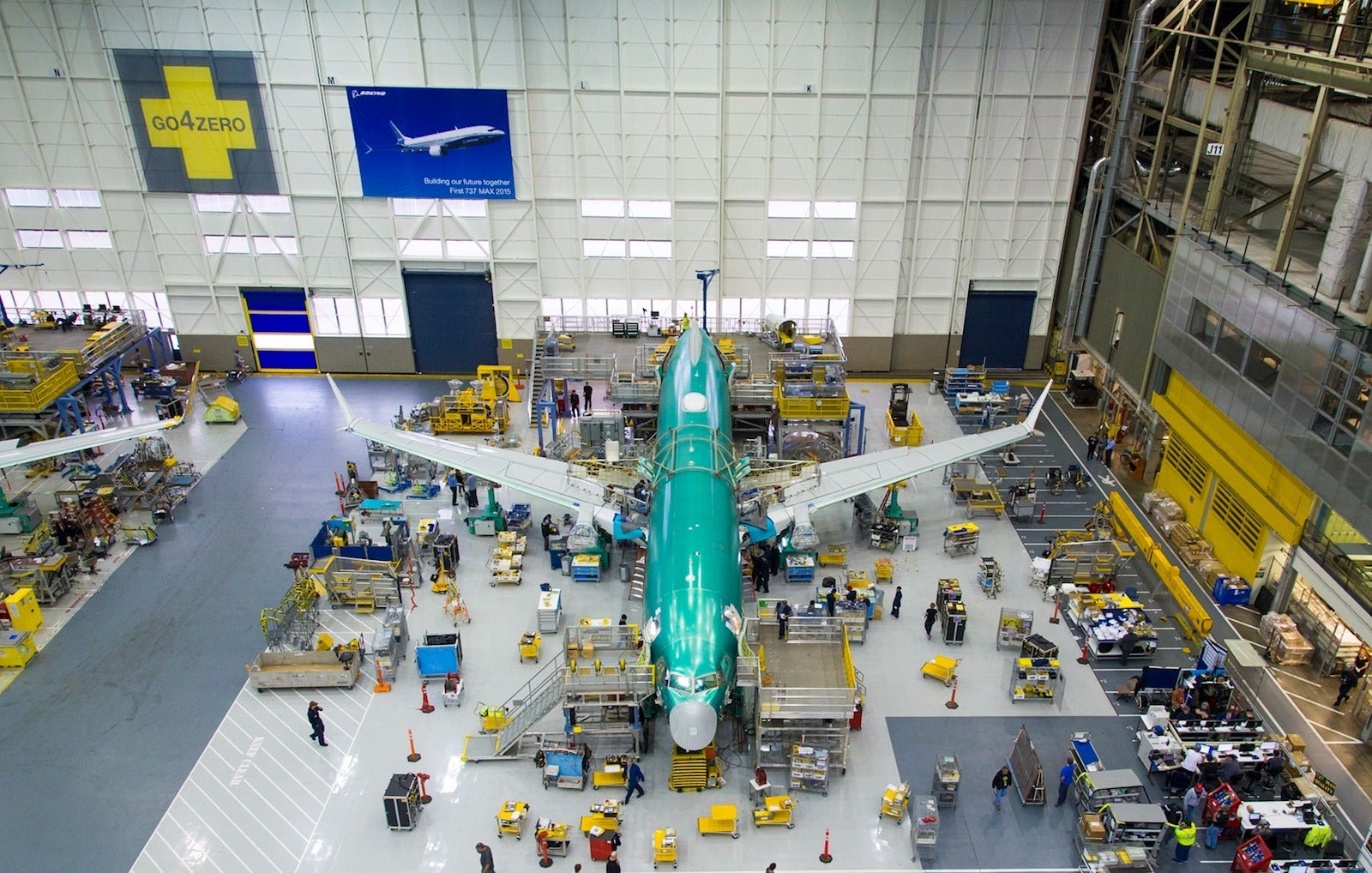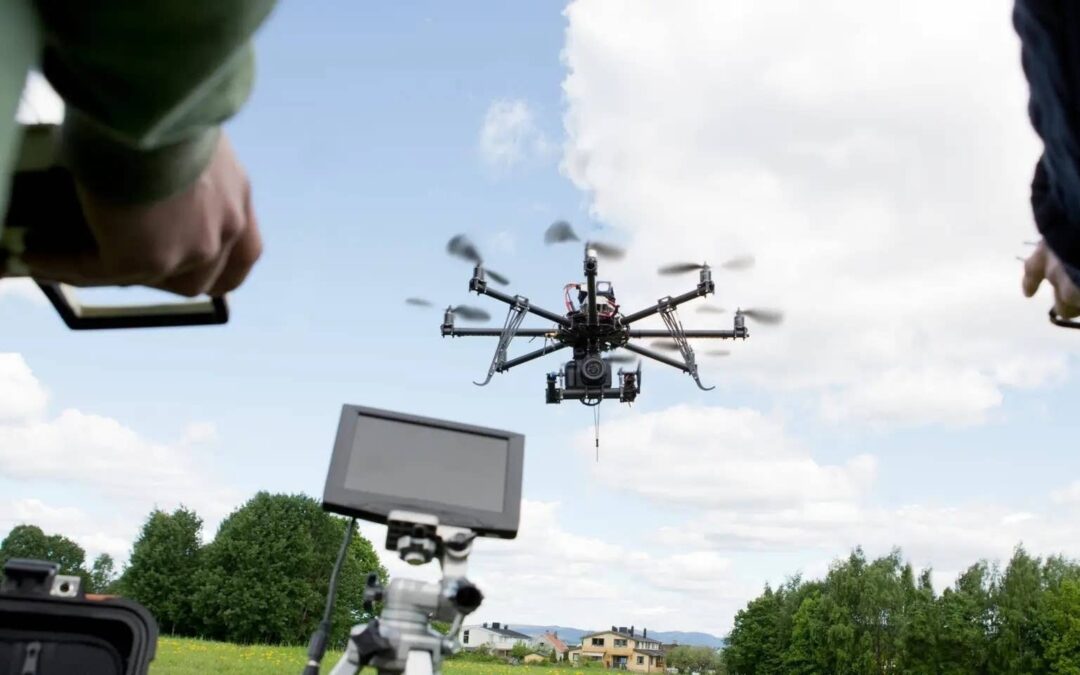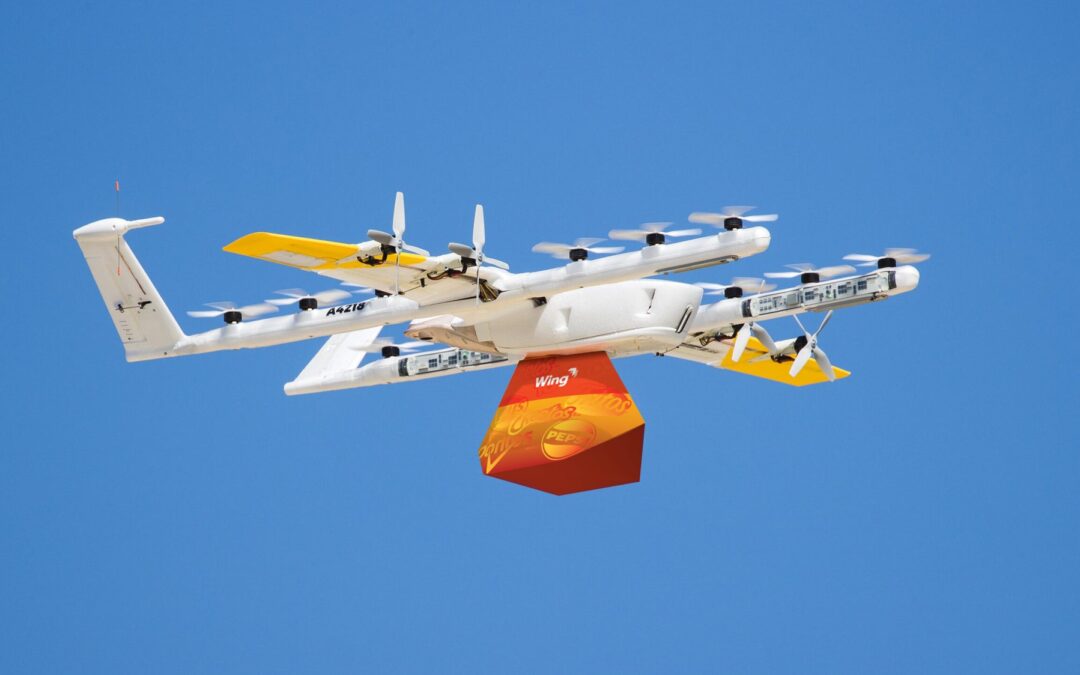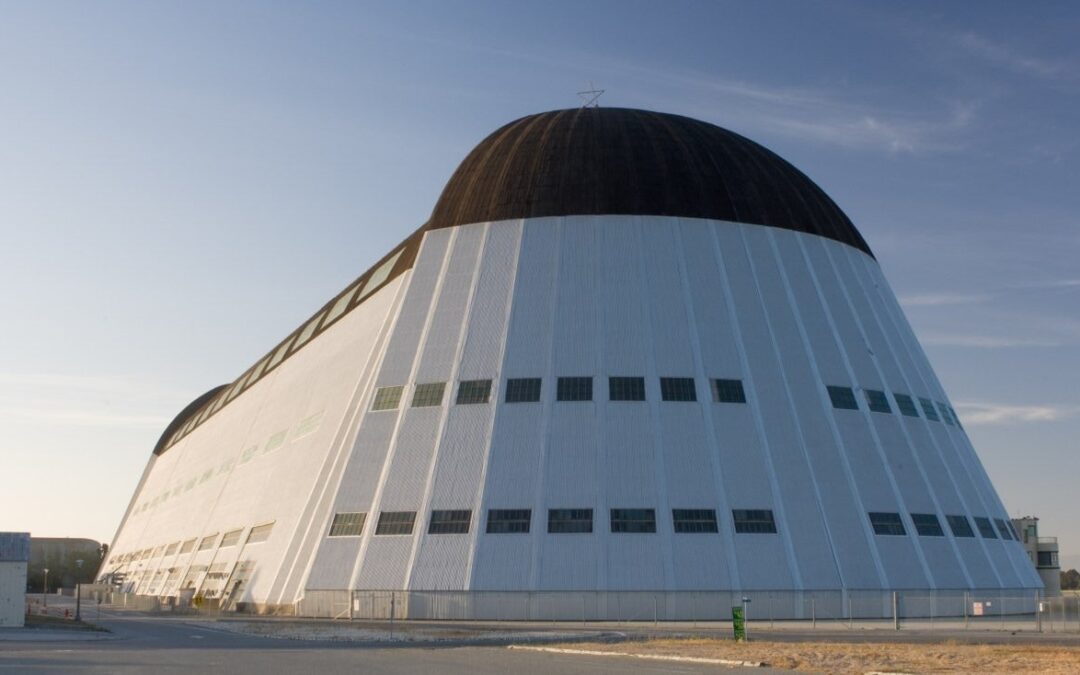As the global supply chain prepares to grapple with new and impending U.S. tariffs, one analyst is reviewing the implications for how increased costs will affect aircraft manufacturing—and what parts might be most impacted.
On Saturday, President Donald Trump signed an executive order to impose 25 percent tariffs on imports from Mexico and Canada, and 10 percent tariffs on goods from China. A detailed breakdown of what goods might be affected by the tariffs can be found here.
Talk of tariffs has left aircraft manufacturers somewhat tense, according to Phillip Gulley, chief strategy officer and co-founder of the supply chain execution platform Cofactr.
While these tariffs were originally thought to go into effect on Tuesday, leaders from Mexico and Canada met with Trump on Monday and made agreements that would offset tariffs on their countries’ imports by another month.
Per their respective agreements, Mexican President Claudia Sheinbaum and Canadian Prime Minister Justin Trudeau each committed to sending around 10,000 military personnel to police their borders with the U.S.
It’s currently unclear if these tariffs will continue to be used as a negotiating tool for international policy change come March, or if they will be enforced as planned.
The tariffs on China, however, did go into effect starting Tuesday. With the full impact of tariffs on America’s third-largest trading partner yet to be seen, analysts and stakeholders mostly appear to be in wait-and-see mode—while some suggest tariffs could cause a shift in global supply chains.
Understanding Aviation’s Supply Chain Challenges
Import tariffs have a wide range of impacts on various goods and their components. Aircraft builders are known to source a variety of materials and products from all over the world in complex, interconnected supply chains.
A 2024 congressional report by the U.S. Government Accountability Office (GAO) reviewed supply chain challenges facing commercial aviation manufacturers.
“Thousands of manufacturers and raw material suppliers make up the global aviation manufacturing supply chain,” the report stated. “The United States is a net exporter of aerospace products, and most U.S. imports of aviation products come from five countries: France, Canada, Japan, Germany, and the United Kingdom.”
The 45-page report outlined that American aviation manufacturer Boeing sources approximately 700 suppliers to support its 737 aircraft, which are each composed of about 2 million separate parts.
“Fifteen of the 17 [aviation component] manufacturers we spoke with stated that the difficulty that they or their suppliers had in procuring raw materials or components affected their ability to meet demand,” the report stated. “These manufacturers reported shortages or delays in obtaining a broad range of items, ranging from castings and forgings to engines and semiconductors…”
Analyst Weighs In
“Things are super in flux right now,” said Gulley, who has analyzed how tariffs are affecting the supply chains of manufacturers that build everything from rocket ships and satellites to drones and autonomous vehicles. “I think this is one of the really unnerving things. And if I were to explain the temperature of the room conversations that our team members are having with primes, whether that’s defense or commercial prime manufacturers, it’s a lot of waiting and holding their breath.”
While defense contractors in particular have already diversified their direct supply chains “as much as they can away from China,” Gulley said the idea that Canada and Mexico might also be brought into a trade war with the U.S. could mean a “ridiculously expensive” process change.
“…You’re looking at decades of relationships of moving materials cross-border in a very friendly way,” he said. “And a shift of any kind that inhibits that relationship—and the potential of having compounding tariffs as you move those materials between facilities or through your tiered manufacturing processes—that process change outside of the cost [of just moving things across the border could raise costs].”
He added that tariffs will ultimately cause an increase in the cost of manufacturing, especially in the nearshore environment.
Parts Affected
Where aircraft manufacturing might really end up hurting, however, involves tariffs on imported electronic components.
“If you look at an airplane, a commercial airline, probably 20-30 percent of the cost is going to actually be electronics,” Gulley said. “Because there’s so many systems in there.…I can’t talk about a lot of our customers specifically, but I can tell you in the tiered supplier relationship, if I look at our customers’ materials, probably [for] a third of their materials, the country of origin is still China.”
He said that tariffs would have a “huge impact” on a third of that tiered supply of electronics going into about a third of the cost of an airplane
“That’s 10 percent of the materials and the value right through every tiered supplier,” Gulley said. “That’s a huge impact just right there.…That means that you’ve probably got at least single digits increase in just the absolute cost of an airplane.”
On the other two potential tariffs, Gulley said that subassembly manufacturers for key components—like Rolls-Royce engines—are in Canada and could see a premium on imports.
“And then you’ve got the same thing with ice protection systems, with landing gear systems [and] with environmental controls,” he said. “You can look at these supply chains that go into Airbus and Boeing, and tons of them have manufacturing facilities in China, in Mexico, [and] in other countries.”
While the direct results of enacted tariffs have yet to be seen, Gulley highlighted some of the big questions for manufacturers that remain up in the air.
“If you’ve been buying your subassemblies from [facilities located in tariffed countries], are those facilities open?” he said. “Is there going to be the same demand? Are the tariffs going to mean that you have to move that manufacturing back onshore?
And then there’s the threat of possible retaliatory tariffs, which could shake up things even further.
“We don’t know what those retaliatory moves are going to be,” Gulley said. “So people are holding their breath knowing that either process change or supply chain manufacturing facilities are going to have to shift. And we don’t even know what that is. So there’s this huge cost.…There’s this nightmare, and things are still too much in flux to even be able to act.”
The post Trump Tariffs Set Up Potential ‘Nightmare’ Scenario for Aircraft Manufacturing appeared first on FLYING Magazine.





